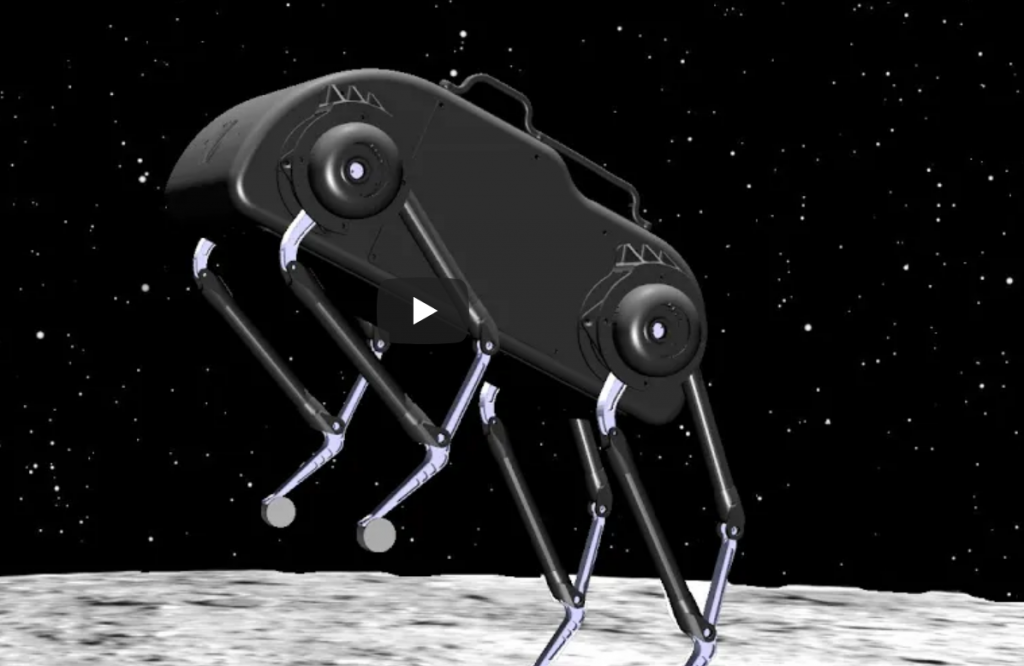
From surgeonbots to low-gravity astrobots, robots are programmed to do a myriad of functions that help humankind.
Robots Capable of Broad Range of Functions, Including Successful Keyhole Surgeries
The first story in our robot round-up this week is from techcrunch.com, featuring a robot company that is wildly profitable because of its surgical robots.
UK-based robotics company CMR Surgical announced a $600 million Series D round raise from investors. Led by SoftBank’s Vision Fund 2 and co-led by Ally Bridge Group, the raise joins an existing $384.8 million already raised by the Cambridge firm. It values the company at $3 billion.
CMR’s flagship product is Versius. The robotic system is designed to perform minimally invasive keyhole surgery. It is primarily focused on serious conditions like bowel disease or bowel cancer. The platform has been used globally and has thus far been involved in 1,000 surgeries, according to CMR’s numbers.
“This major injection of capital that now values us at $3 billion not only reflects the level of interest we have seen in our product, but also the scale of the business, and will enable significant technology developments and global expansion.”
Read more about the money being raised worldwide for these projects at the link below.
read more at techcrunch.com
Please Don’t Pet My Robot
Along with the interest in medical robots, another field that has seen a jump in considerations is pet robots. Little AI-driven robotic creatures of various shapes and sizes emulate or try to emulate what a pet might do. In many situations, these innovations could be a needed assistant and a delightful distraction for some—the elderly in particular. However, they aren’t quite up to snuff on many levels just yet.
Gizmodo.com published a clever piece written by Eric Cara. A cat lover, Cara shares his thoughts about Robo pets. Cara writes:
“Every morning, I am stirred awake by one of the dumbest creatures in existence: a once-abandoned now adopted a 3-year-old orange tabby cat named Cheddar. In exchange for this wake-up service, Cheddar gets free meals, pricy vet trips, and plenty of scritches, as do tens of millions of other pets in the U.S. alone. The more cynical among us might say that pets are little more than expensive and far too loud roommates. Not only do you have to regularly pay attention to and feed these roomies, but oftentimes you’ll need to fork over lots of money to keep them alive, particularly for breeds predisposed to health problems. It shouldn’t be surprising, then, that for decades, some segment of the population has hoped that these furballs could one day be replaced by mechanical facsimiles with less upkeep and cost but all the benefits of domestic companionship—a robotic pet, in so many words.”
So, it’s worth asking: Will we be any close to that goal by 2030?
You can check the link below to see what else Mr. Cara thinks about robo-pets and their possible future in our lives, or not.
read more at gizmodo.com
SpaceBoks
Of course, there will be robots in space. Look at any Jetson cartoon from the 1960s and that set the tone for the future. Now comes proof that robots act and, frankly, perform work for humans quite well in low-gravity or no-gravity situations. And it’s no surprise that it’s explained in a story on spectrum.ieee.org. The really serious guys when it comes to design and outer space stuff.
Evan Ackerman writes this about legged bots compared to wheeled bots. R2 D2 is demanding equal time
In low-gravity environments, any robot moving over rough terrain risks entering a flight phase. Perhaps an extended flight phase, depending on how low the gravity is, can be dangerous to robots that aren’t prepared for it. Researchers at the Robotic Systems Lab at ETH Zurich have been doing some experiments with the SpaceBok quadruped, and they’ve published a paper in IEEE T-RO showing that it’s possible to teach SpaceBok to effectively bok around in low gravity environments while using its legs to reorient itself during flight, exhibiting “cat-like jumping and landing” behaviors through vigorous leg-wiggling.
Also, Ackerman says, while I’m fairly certain that “bok” is not a verb that means “to move dynamically in low gravity using legs,” I feel like that’s what it should mean. Sort of like pronk, except in space. As Ackerman said:
“Let’s make it so!”
You can read the whole fantastic article at the link below.
read more at spectrum.ieee.org







Leave A Comment